Not Your Grandma’s Backyard: The Facts and Fiction of Landscape Architecture
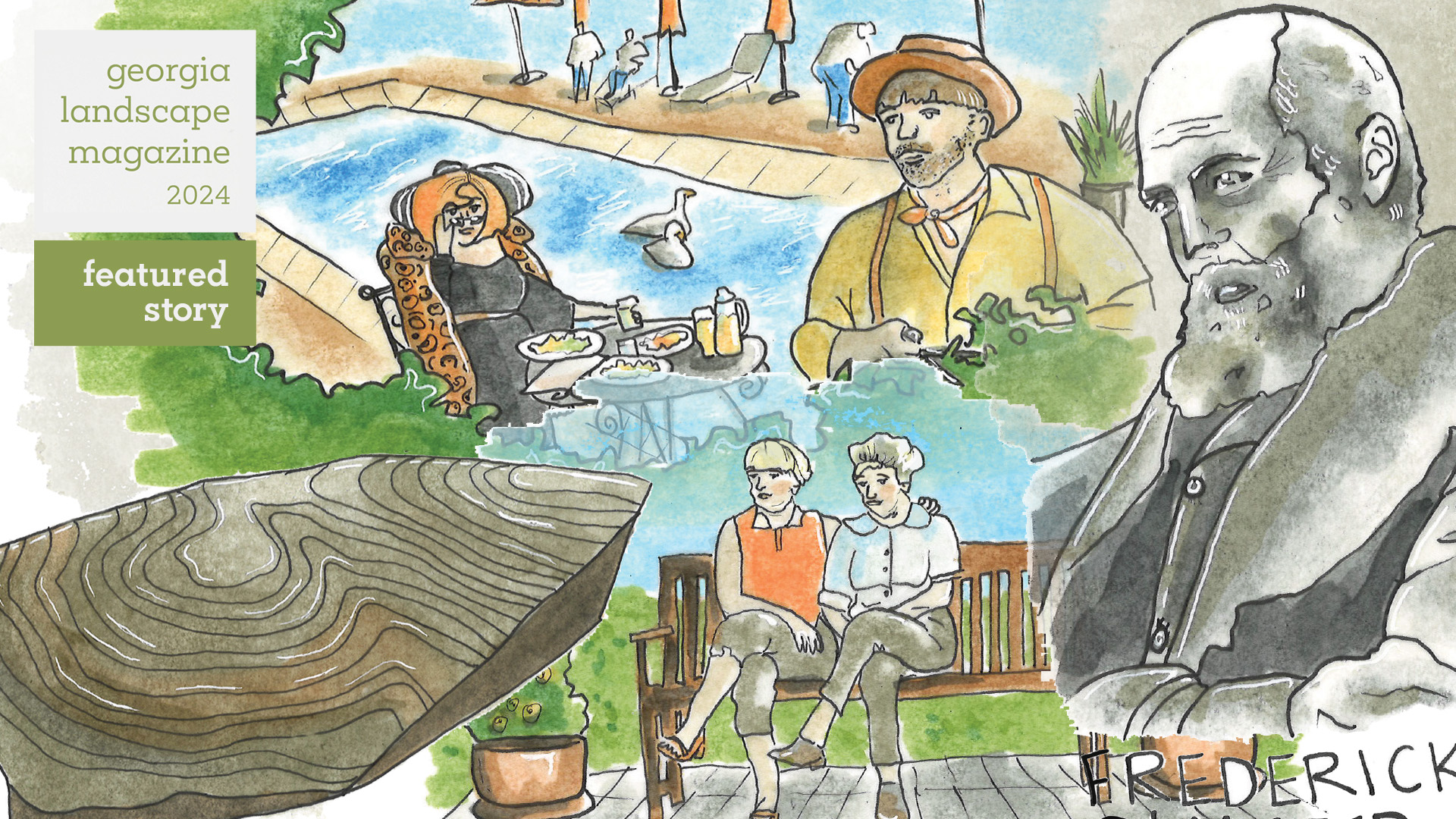
With summer break approaching, there is nothing I dread more than the questions from relatives.
“So, what's your major?”
“What is landscape architecture?”
“Could I pay you to mow my lawn?”
“Do they teach you how to trim bushes in school?”
The answer is always no.

Every student, at some point in their BLA/MLA journey has had to answer these types of questions. It's not necessarily degrading, but it is tiring to be asked these things knowing the rigorous workload, importance, and complexity of our major. There are many other questions I would rather answer like...
“How did the line get so blurred?”
“At what point did we branch from gardeners and landscapers?”
“What can we do today as CED students to further establish our major on campus?”
Humans altering their environment has existed since the beginning of time, but the practice and term “landscape architecture” is relatively recent. The practice of landscape architecture is rooted in late 17th century to early 18th century Europe, where designers were commissioned for elaborate garden landscapes, often for royal, religious, or government sites (Think LAND 2510). Perhaps this is where the connection to gardeners was first formed. However, the term “landscape architect” was not coined until 1828 in On the Landscape Architecture of the Great Painters of Italy by Gilbert Laing Meason. The term was then adopted by several other stewards in landscape design, eventually leading to the founding of The American Society of Landscape Architects (ASLA) in 1899. By the 19th century, the profession had to adapt to cities in America with rapid growth rates at a large scale. Here is where the father of our beloved major, Frederick Olmsted (with co-designer Calvert Vaux), took the reins on re-defining our responsibilities. ‘Landscape architecture’ encapsulates design, ecology, landforms, planting, water, and hardscape as well as collaborative work with architects and urban planners. This remains the professional title in the face of constant change in both style and interdisciplinary requirements.
The first college to offer a degree in landscape architecture was Harvard University in 1900, furthering the development of the field and research within it. The University of Georgia followed by offering classes starting in 1928, and establishing the School of Environmental Design in 1969. This school was modified to fit a wider range of interests by becoming the College of Environment and Design in 2001. The CED was the first new college established at UGA since 1969 when its former name was created. This timeline puts into perspective how “fresh” our major is and how long it took from the coining of the term to having 53 programs available across 30 states in our country. One thing through it all has remained the same:
We do NOT mow lawns.
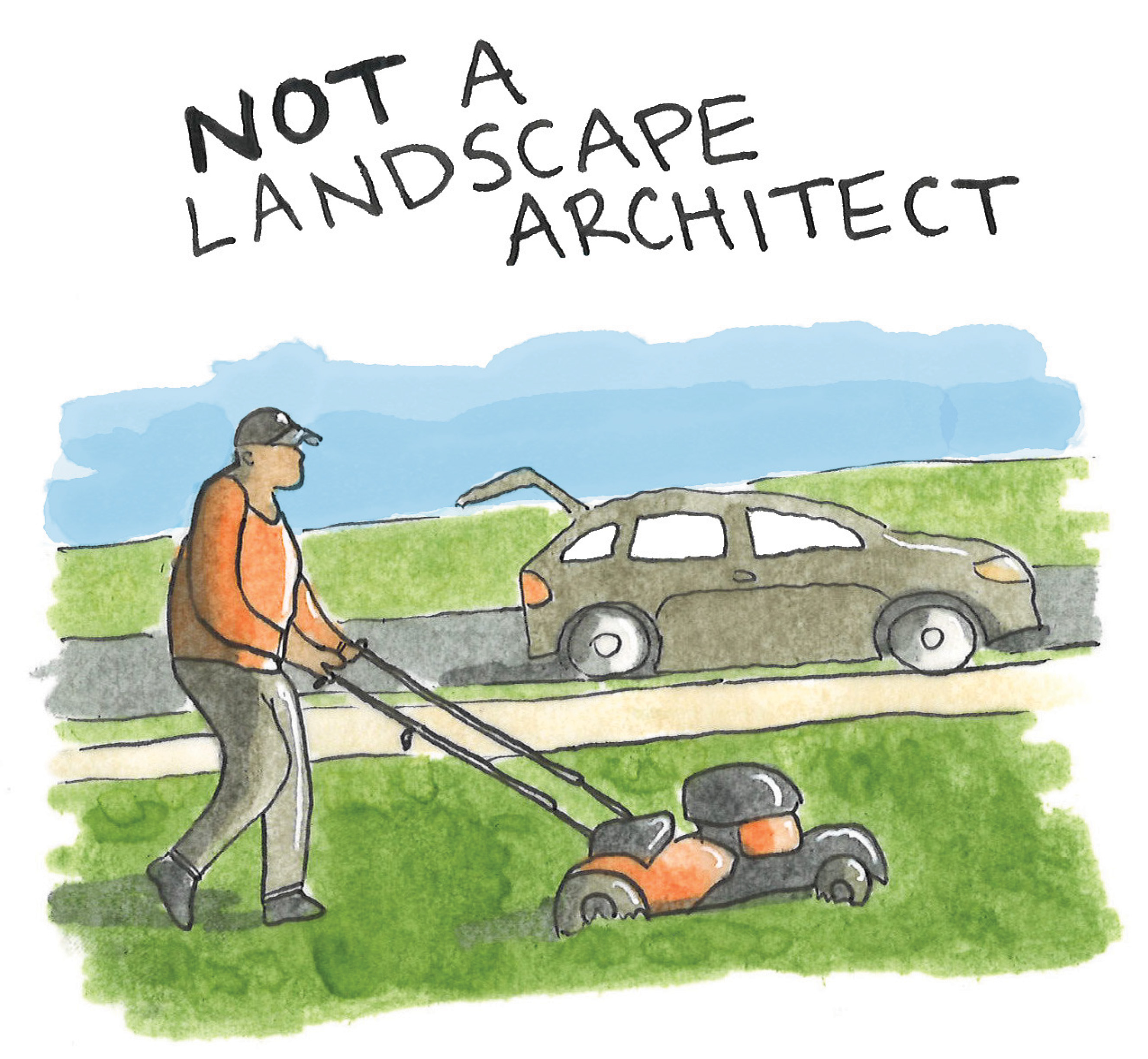
So what is landscape architecture today and why should we spread awareness? The way I always describe it for those dreadful small talk conversations is this:
Landscape architecture is the architecture for everything surrounding a building.
Though it usually gets the job done, this is just the tip of the iceberg for what we do. Most of you reading this are well aware of what landscape architecture entails, but speaking more often about what our major does is a way we can educate people.
According to ASLA, landscape architecture is the planning and designing of a variety of outdoor environments with an emphasis on sustainability, circulation, function, safety, aesthetics, and social impact.
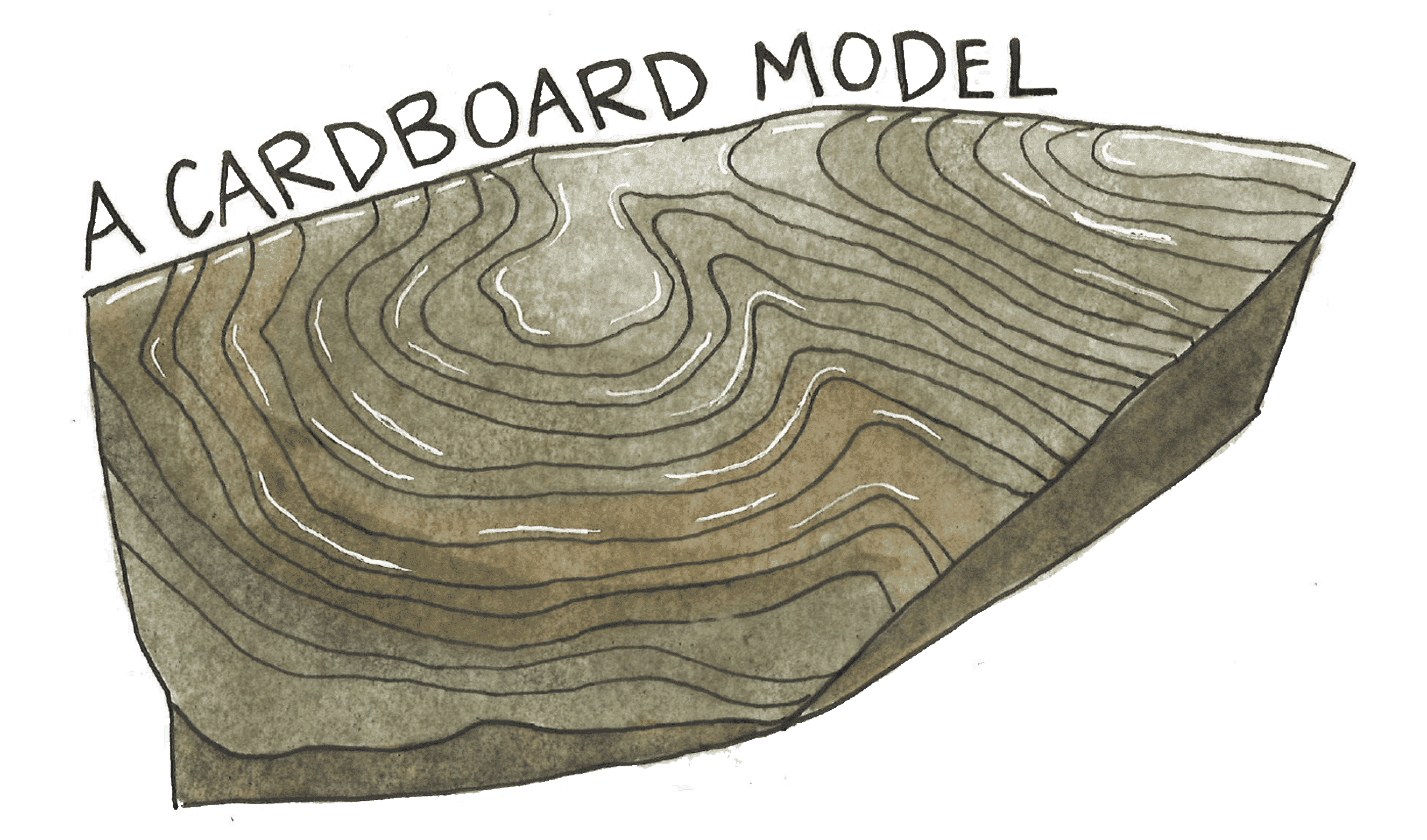
It's pretty straightforward, yet there seems to be a lot of confusion surrounding it. To be fair, I did not start at UGA as a “Landie” nor had I ever heard of the major. Watching my freshman roommate in the CED bring home cardboard models every week did not help me understand what her major was. My first year I was on a path in Forestry, but despite my passion for science and nature, the limited opportunities for creative input caused me to rethink my decision. After long talks with my old roommate, I took a leap of faith. That’s how I ended up here, in a perfect mix of everything I love, now busting all the landscape architecture myths I used to believe.
So, no, contrary to what I thought freshman year, we are not gardeners or landscapers. However, it is important in our field to know plants: their mature size, soil, water, and sun requirements, and hazards. It’s not all about aesthetics for us. Each plant is specifically selected for functionality, sustainability, ecological impact, and longevity within the environment before beauty. We do not install or maintain the plants ourselves. Occasionally a landscape architect will oversee construction and installation, or check in on the site after a couple years, but mostly there are site visits and client meetings outside of office work. There's a lot of behind the scenes that people don’t realize, whether that’s calculating stormwater runoff, engineering the site grading, making cost estimations, or CADing up a base plan (“CADing” [cah-ding] verb: using the AUTOCAD computer program for accurate 2D plan drawings).
We handle the “not-so-fun” stuff to make sites that leave a positive impact on the community and environment. We’re not just artists either. Though visual representations play a large role in how we convey our designs, there’s a lot of practical thought that goes into each design choice like safety and accessibility standards to adhere to the Americans with Disabilities Act. And boy let me tell you, we do not just design backyards. There are so many projects in landscape architecture of different scales, functions, and requirements; the possibilities are truly endless! I used to take for granted how many outdoor spaces we design. Think golf courses, national park trails, college campuses, football stadiums, vacation resorts and more!
Speaking of vacation resorts….
Landies, raise your hand if you’ve ever felt personally victimized by Booking.com’s advertisement from the February 2023 Super Bowl. For those lucky enough to have missed it, the “Somewhere, Anywhere” ad follows Melissa McCarthy traveling to different resorts. In one scene, a man is trimming a shrub with large shears. She sings “A fancy hotel with a sexy gardener” and the man promptly responds, “Landscape architect!” A moment of silence to process.
Perhaps this is one of the factors that perpetuate L.A. myths. I was speechless when I first saw this, if they had just switched the words it would’ve at least been accurate. Knowing that it was viewed by millions, the advertisement grew so unpopular in the world of landscape architects that ASLA released an article addressing it. Several L.A.s have commented under the Youtube video of this ad, explaining how they are not surprised by the misinformative depiction. If you scroll far enough, you may even see a comment from me…
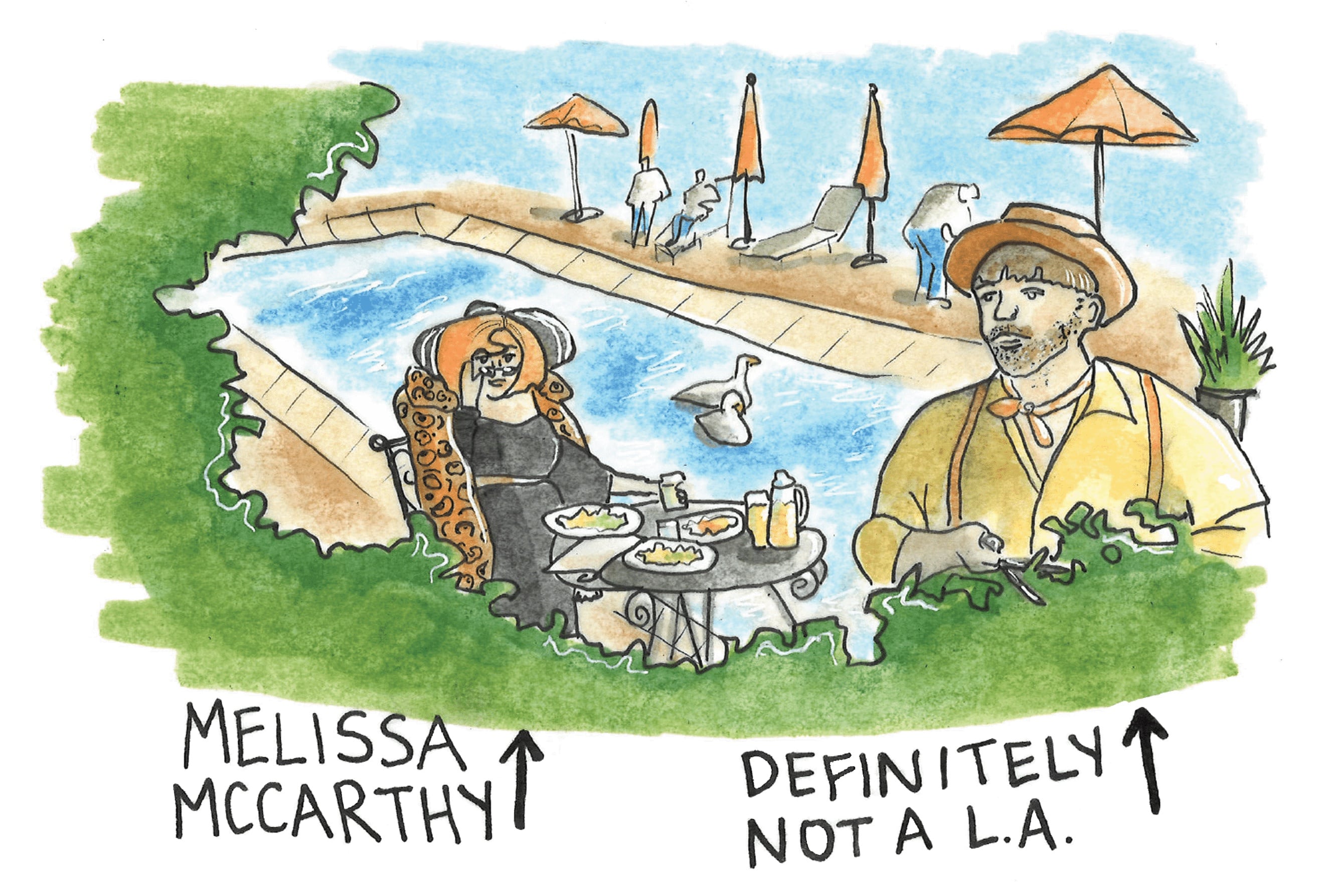
Instances like this in popular advertisements and media could be partially to blame for our myths. I remember it aired shortly after completing my first semester in CED. I was so disappointed and almost discouraged knowing so many people had seen it, a feeling I would experience again later that year.
The endless possibilities in our field are juxtaposed with a general lack of awareness from the public. As a CED ambassador, I felt let down after seeing a shortage of interest at First Fall Look for incoming freshmen. I love my major, but there needs to be more information readily available and accessible to unknowing prospective students. Though we can't change the world's view, there are many ways on a college campus to combat these misconceptions and educate students about our major. A strong presence at all UGA engagement or career events is a vital first step. Including a presentation on what landscape architecture is (bust those myths!), briefing over the required classes, bringing in visuals of student projects, and showcasing alumni at these events can help incoming freshmen see first-hand the work we do and the opportunities in the field. The updated CED ambassador program is a great start– I think each year it will only grow and attract more students. Furthermore, we need to always be vocal about landscape architecture. Take the time to explain to your roommate what you're doing in the Jackson Street Building most nights. Point out plants and impressive sites around Athens to a friend, start your own Instagram portfolio, and wear your (very limited) choice of college merchandise. Always be proud of CED!
Be proud if you’re a gardener too, but that just isn't us.
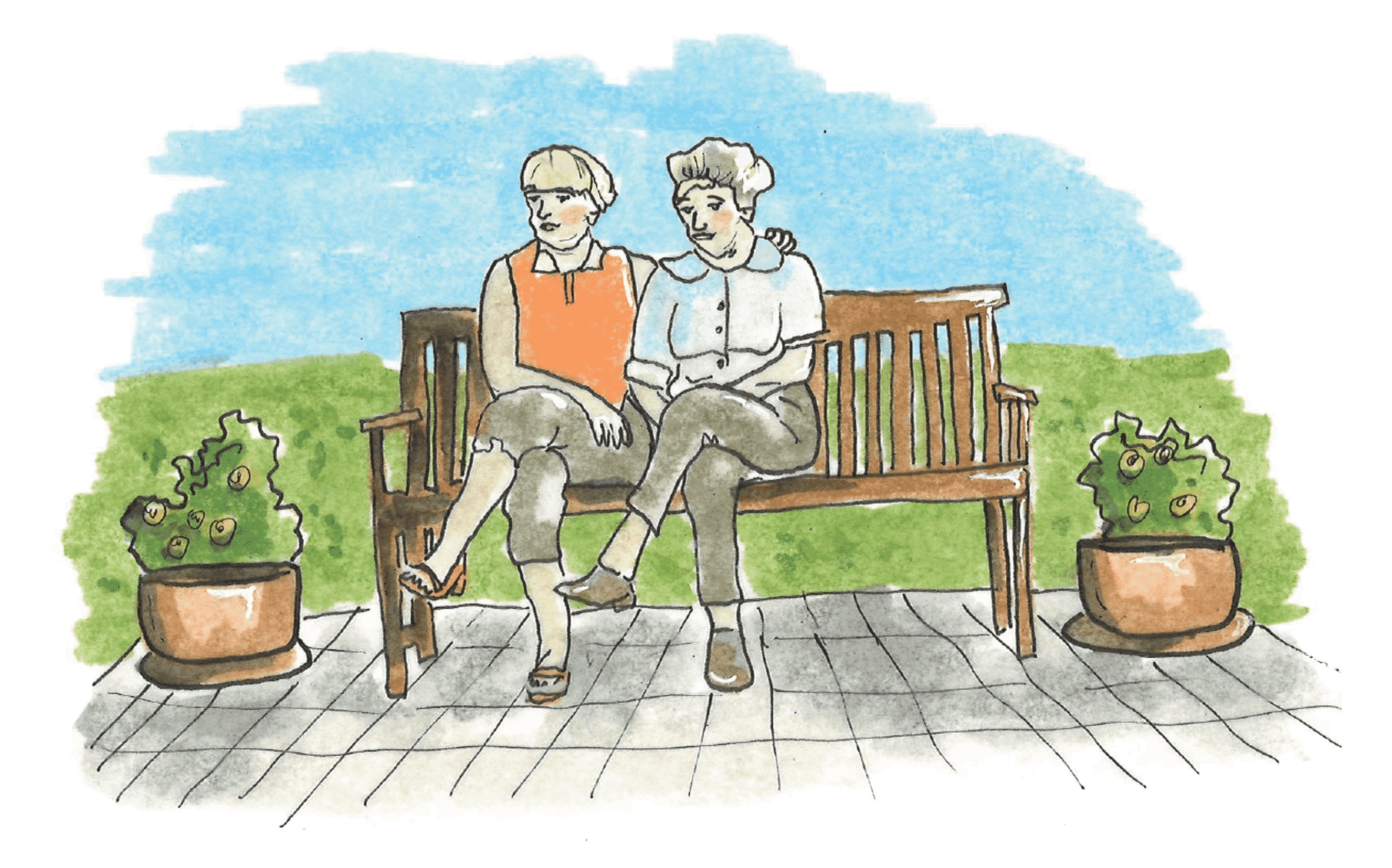
Despite some barriers to widespread understanding of our work, the profession is making great strides today, and is quickly gaining awareness. With increasing environmental health issues like climate change and global urbanization, the need for sustainable and environmentally conscious designs has become even more vital to our landscapes. Recognizing the demand for innovative solutions, landscape architecture has recently been designated as a S.T.E.M. major (science, technology, engineering, and math) – and rightfully so. Our strict schedule demands extensive knowledge in multiple subjects to accommodate its interdisciplinary nature. The knowledge we learn today can help solve real world problems tomorrow. Students today are the future. We are the future.
Now, more than ever, is our time to impact the world. It's time to show why our role is so important to every part of the world’s landscape.
Even your grandma’s backyard.
